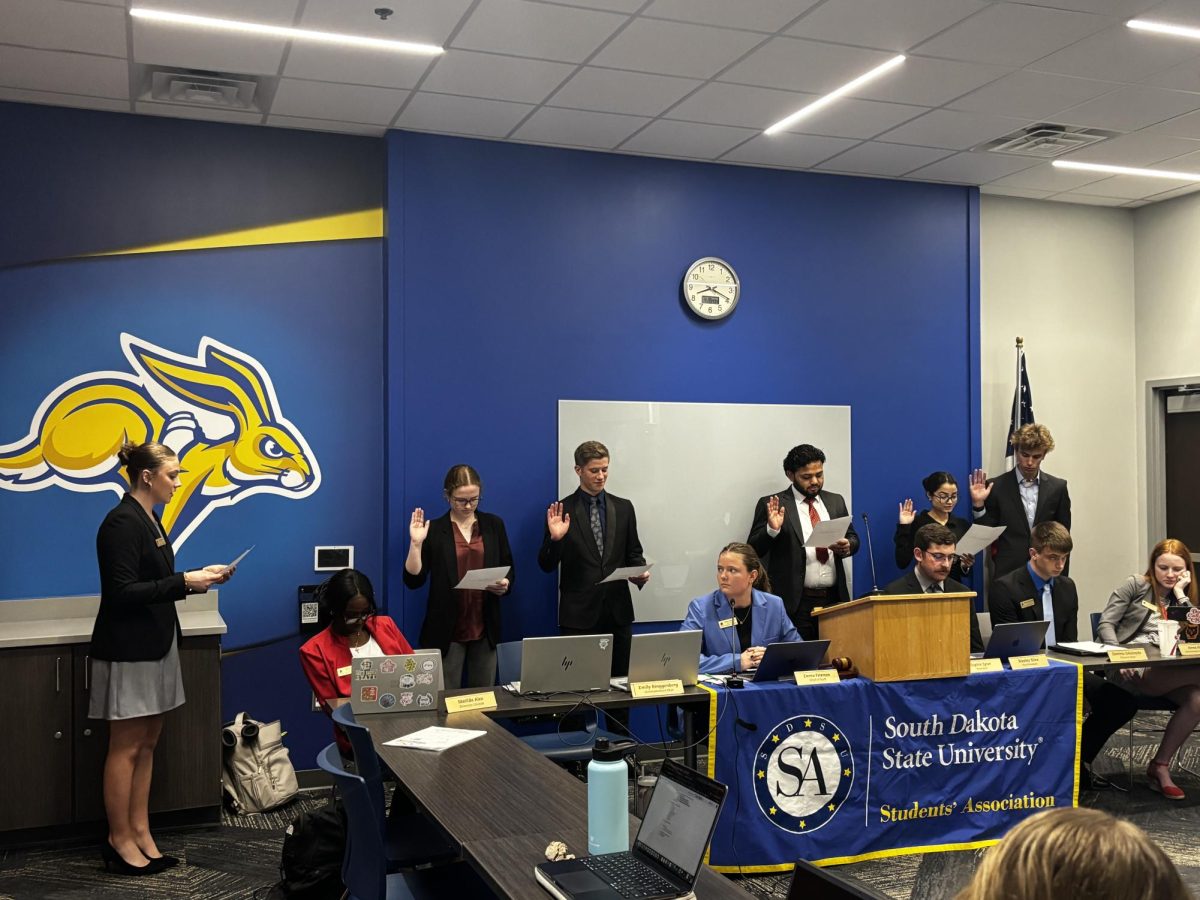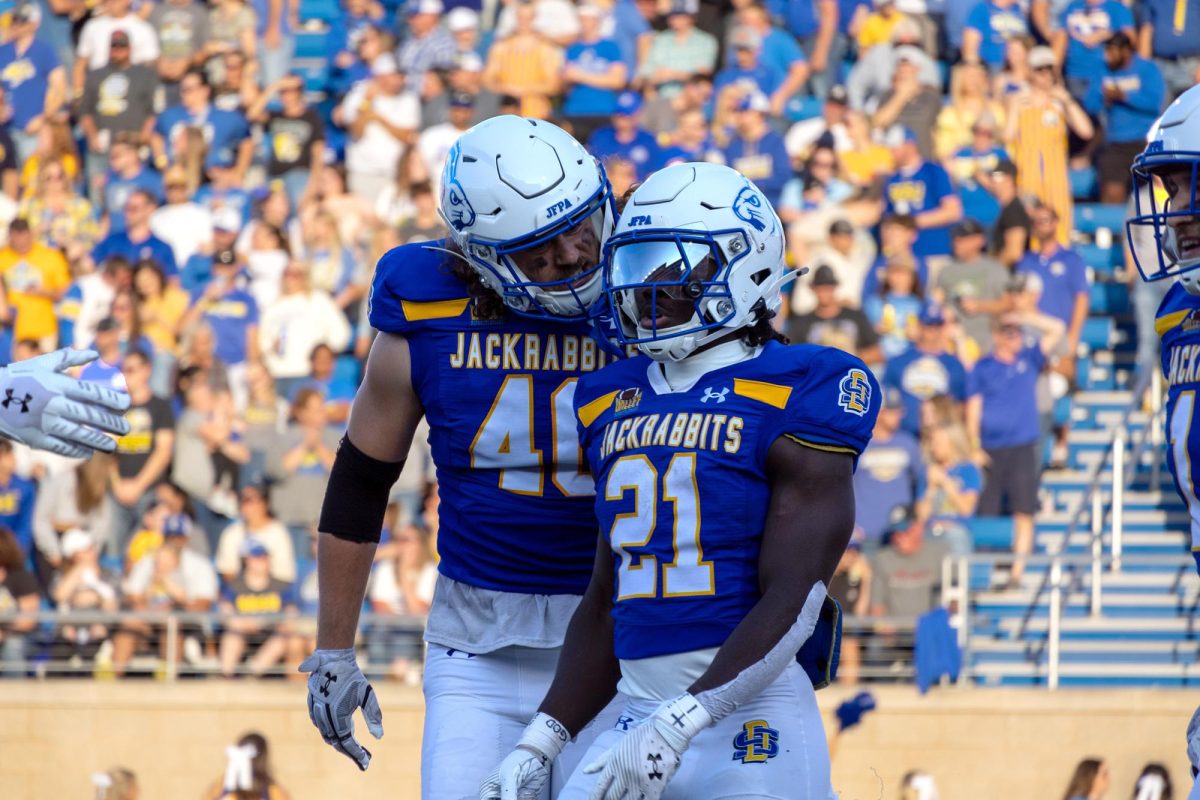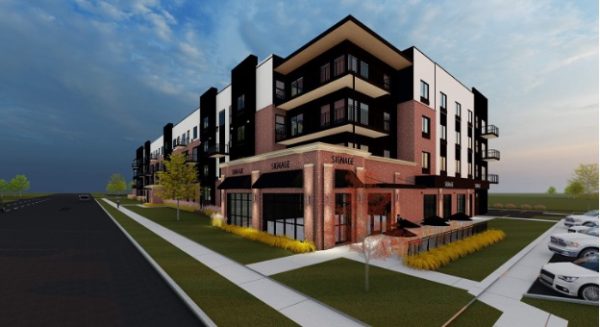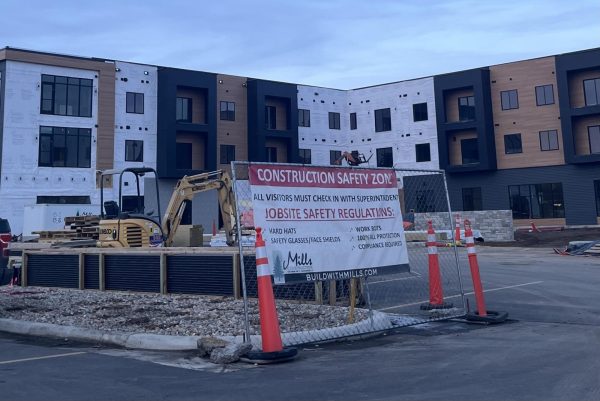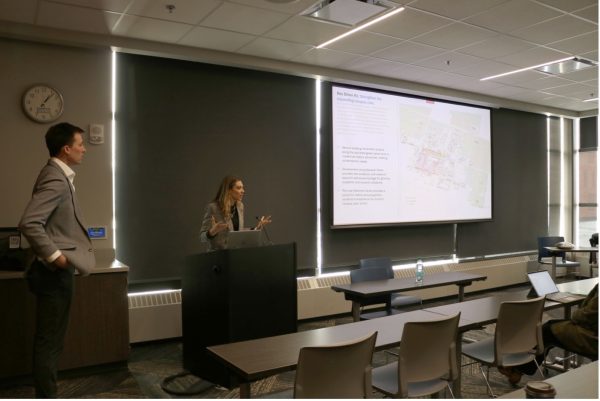COLUMN: New stadium, new questions
July 6, 2011
The landscape of SDSU will soon be changing with the South Dakota Board of Regents giving SDSU the thumbs-up to plan an elaborate athletic facility overhaul.
And with a week’s time for the announcement to soak in, the decision brings up some question marks.
If you have been to a game at Coughlin Alumni Stadium in recent years, you can obviously see that the place needs an upgrade. Parts of the grandstand are crumbling. Tacky wooden bleachers are used on the visitor’s side, which are not the quality a FCS football program should have. The press box shakes when the band jumps up and down. Not only would it be nice to have a new stadium, but more importantly, it is needed. Coughlin is on its last legs.
The first question is when fans expect a stadium to be completed. SDSU president David Chicoine said that stadium projects are often a six-year project from initial design work. He expects SDSU’s new-stadium undertaking to fall under the same timeline.
But where will the millions come from? SDSU is not walking on a pile of money. Hundreds of SDSU employees were laid off last year. The athletic department is still working on finding assistant coaches for programs other than football.
The planning for these facilities will take nearly $1 million alone, with the actual stadium expected to be in excess of $20 million.
Plus, how full will a 22,000-seat stadium get on Saturday? The current stadium record for a game is 16,345 against NDSU on the final week of the regular season in 2007.
Whether they want to admit it or not, SDSU sometimes has fair weather fans. The lack of attendance after Hobo Day is embarrassing. Only four times since 1978 has SDSU drawn more than 6,200 fans for a post-Hobo Day game, including the ’07 finale.
The athletic department has high hopes for season tickets sales, as well as attendance overall, evidenced with the 22,000 capacity of this new place. SDSU had their best football season attendance-wise two years ago, averaging over 13,000 a game for a stadium with 10,000 seats. Coincidentally, that attendance record came during a season the Jacks made the playoffs for the first time in decades. Just like we have seen with new stadiums across the country, people will come in the first few years just to see the stadium and I have no doubt that will be the case with SDSU. But once the weather turns cold, that new stadium smell has worn off. Will a mostly-empty 22,000-seat stadium look so pretty then?
On the other hand, with a new indoor practice facility for football, maybe there won’t be many meaningless November games and maybe they can even pack the new stadium for a home playoff game in the future. A new indoor facility will help all outdoor sports at SDSU, but it could have the biggest impact on football. Instead of having a walk-through in Frost Arena because of poor weather like SDSU had to do before facing Nebraska last season, they can go inside to a near-regulation sized football field.
I also find it ironic that baseball is playing at a not-yet completed Erv Huether Field. SDSU hosted the baseball and track and field championships for the Summit League back in May. These events were not held on campus or even in Brookings because of a lack of suitable facilities. Instead, both were in Sioux Falls. The track and field tournament was at USF’s home track, an NAIA school. The baseball tournament was at the Birdcage, about the quality of facility as at NDSU and Oral Roberts. Is a few thousands dollars for a press box at softball or baseball too much to ask if a new $20 million football stadium is being constructed across the street?
Here’s the most interesting part: With all of the success in recent years with the increase in season ticket holders for football, more money and members coming from the Jackrabbit Club and the “It Starts with State” campaign, the university had to cut numerous employees and majors this past spring due to budget cuts.
With non-stop construction over the past five plus years on this campus, with millions of dollars of donations coming from different companies and philanthropists and with game changing athletic facilities now getting their process started, you wouldn’t think the school would have had to cut as many programs and employees as they did.
Hopefully the worst is over.





